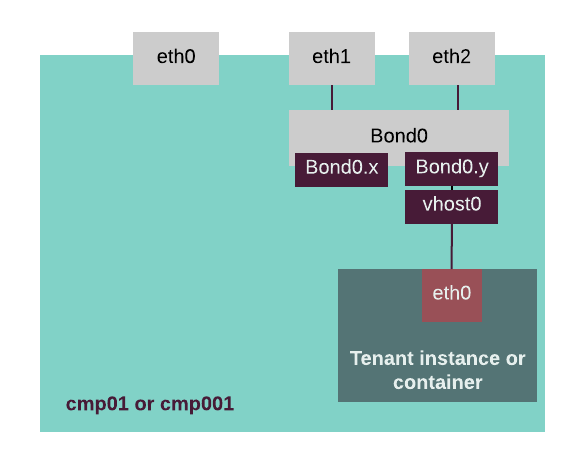OpenContrail vRouter
OpenContrail vRouter¶
The OpenContrail vRouter provides data forwarding to an OpenStack tenant instance and reports statistics to the OpenContrail analytics nodes. The OpenContrail vRouter is installed on all OpenStack compute nodes.
In MCP, the OpenContrail vRouter can be either kernel-based or DPDK-based. You can configure a node(s) before deployment to use the DPDK vRouter mode instead of the regular kernel mode. This option allows different nodes to use different modules of the OpenContrail vRouter. Using DPDK with OpenContrail allows processing more packets per second in comparison to the regular kernel module.
The vRouter agent acts as a local control plane. Each OpenContrail vRouter agent is connected to at least two OpenContrail control nodes in an active-active redundancy mode. The OpenContrail vRouter agent is responsible for all networking-related functions including routing instances, routes, and so on.
The OpenContrail vRouter uses different gateways for the control and data planes. For example, the Linux system gateway is located on the management network, and the OpenContrail gateway is located on the data plane network.
The following diagram shows the OpenContrail kernel vRouter setup by Cookiecutter:

On the diagram above, the following types of networks interfaces are used:
eth0- for the management (PXE) network (eth1andeth2are the slave interfaces ofBond0)Bond0.x- for the MCP control plane networkBond0.y- for the MCP data plane network